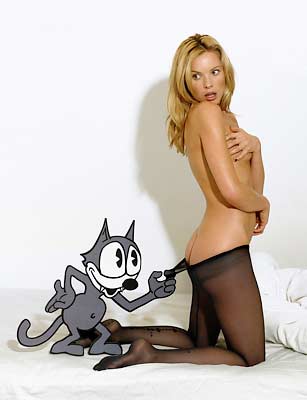And everything depends upon how near you stand to me

Sizing Up the Nightlife. A study of status distinction.
Sociologist Lauren Rivera knows what it takes to get behind the velvet rope. She recommends, “Know someone. Or know someone who knows someone. If you’re a guy, bring attractive women—ideally younger women in designer clothes. Don’t go with other dudes. And doormen are well versed in trendiness, so wear Coach, Prada, Gucci—but don’t show up in a nice suit with DSW shoes.”
No, Rivera doesn’t write an advice column for the rich and the restless. But the Kellogg School of Management professor did go undercover to expose how people evaluate status in a glimpse. Specifically, she wanted to know how the meaty doormen positioned outside exclusive clubs—bouncers in nightlife language—determine who enters.
Sociologists have been studying the dynamics of power relations in social life for decades. French sociologist Pierre Bourdieu saw that society was not only stratified by wealth, but also by symbols of status—the valued estimation of one’s honor and worth. Status distinctions between people can create sustaining inequalities by excluding those deemed as lower status from positions of prestige. Through surveys and experiments, sociologists have identified cues people use to evaluate status. The cues include one’s social class, social circles, displays of wealth, gender, race, accent, and taste in food and art. (…)
Yet the qualities people think they look for may not be what they actually react to at the office, at dinner parties, or on the street. Therefore, answers to a sociologist’s interview questions may not reflect real life. Furthermore, when a job, date, or club access is at stake, the terms one uses to judge competence or worthiness may change. “The laboratory is a great place to parse out variables, but in real life, status is complex and the way people draw distinctions is different in a natural setting,” says Rivera.
image { Bela Borsodi, Cat flaps }


